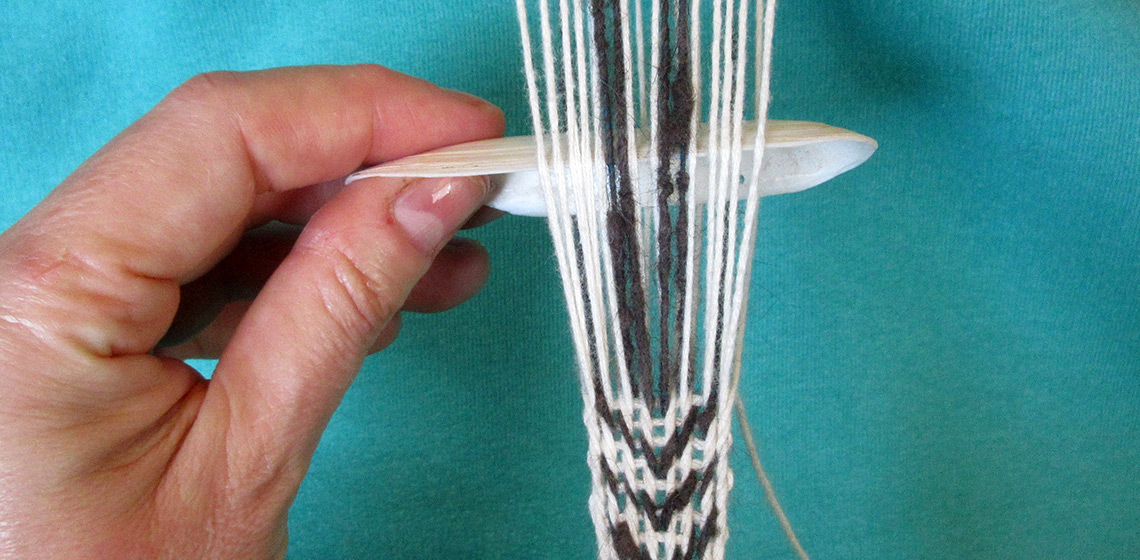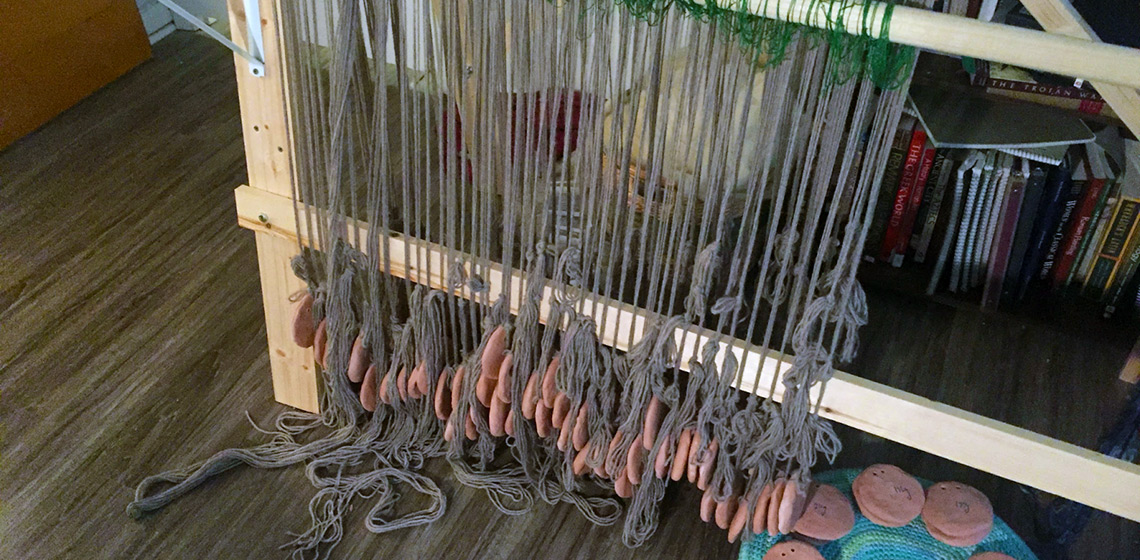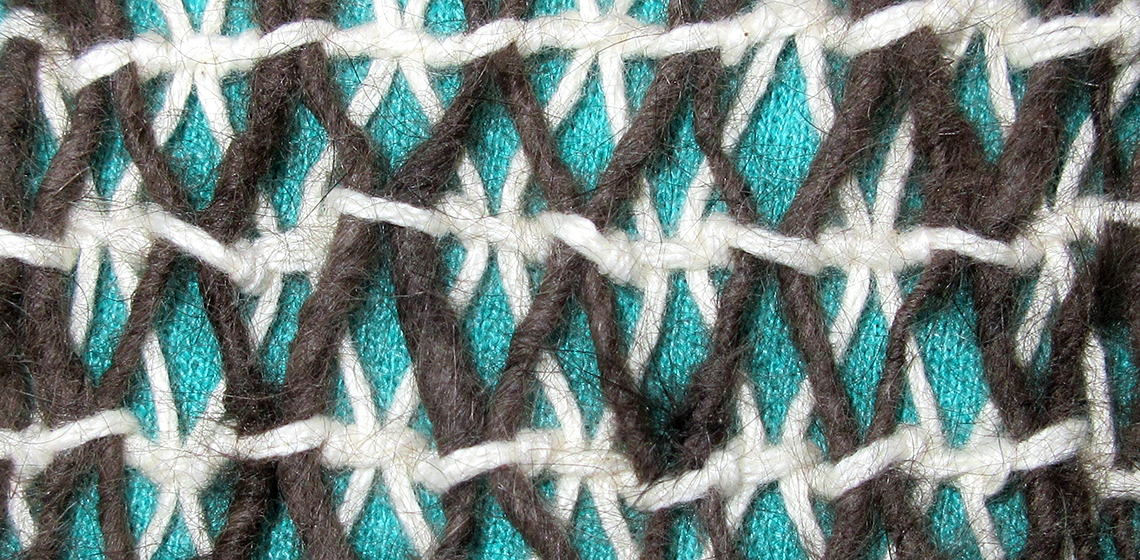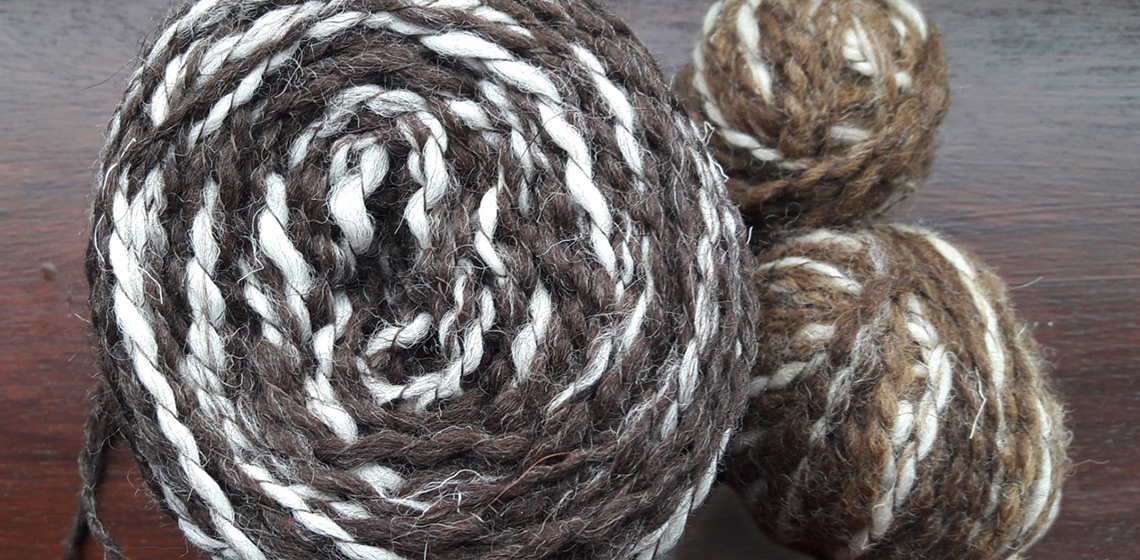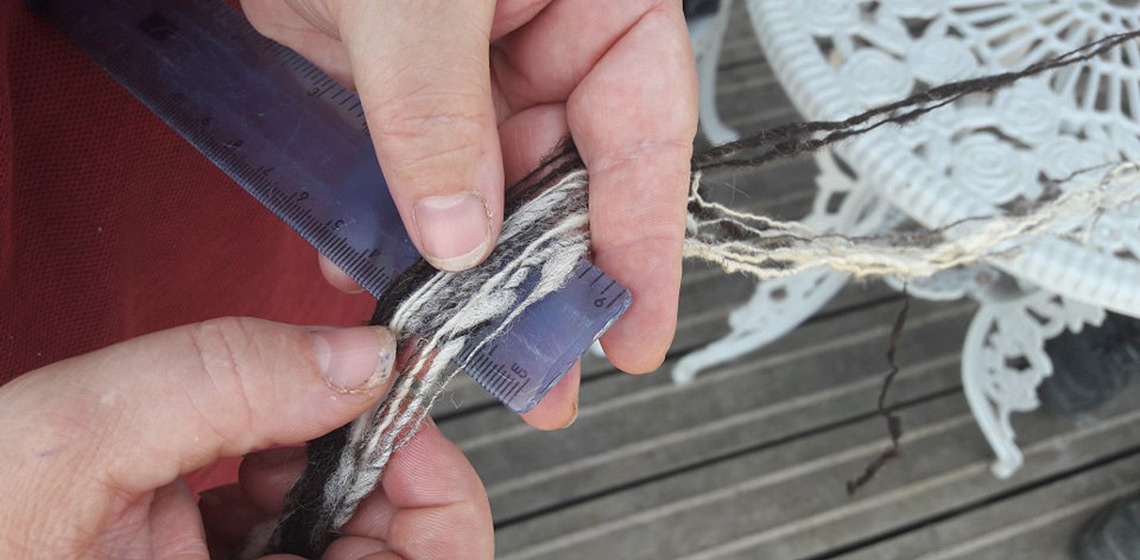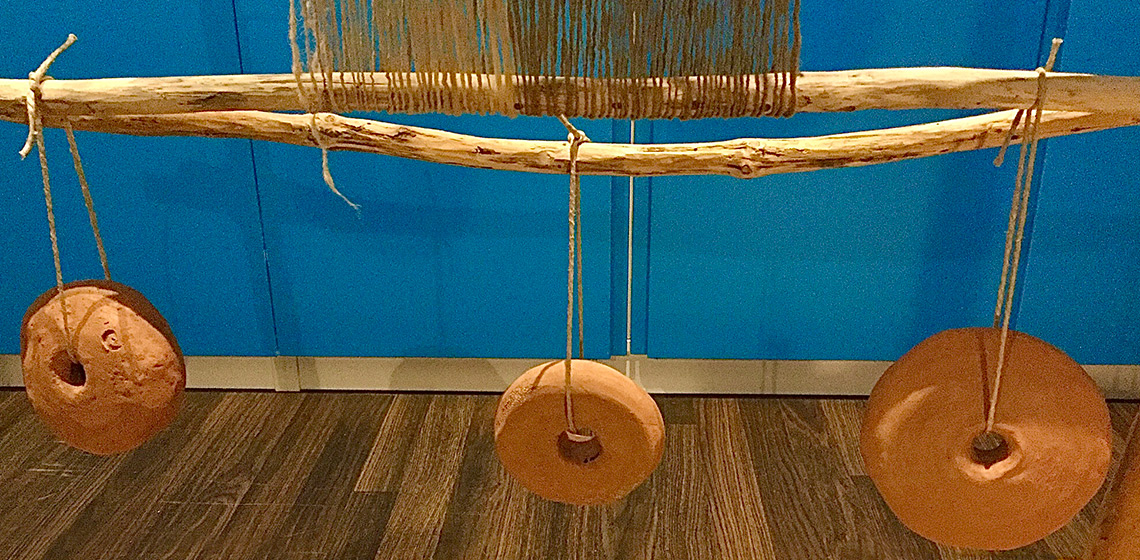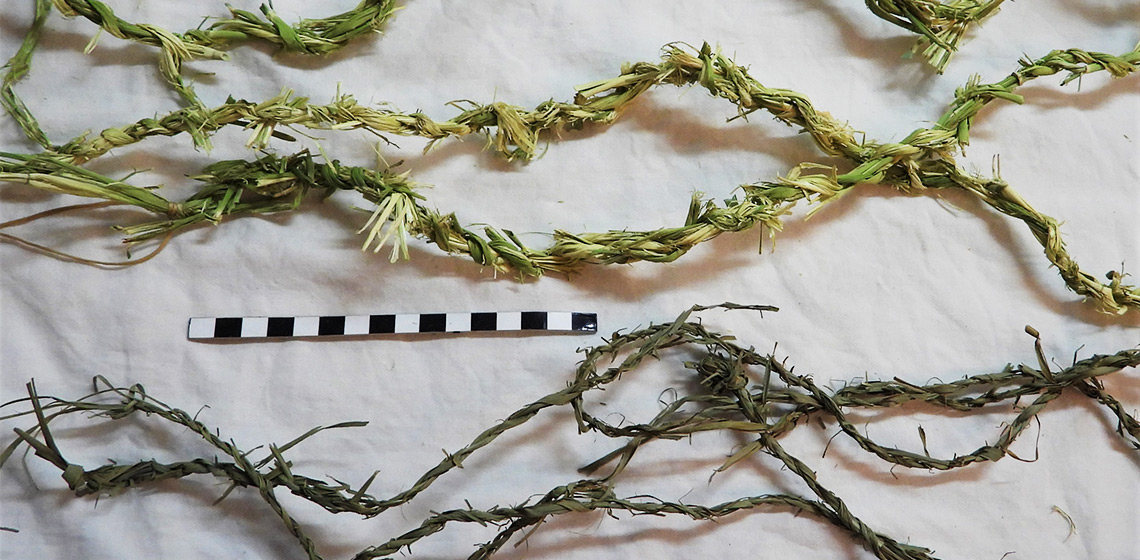Experimental Weaving and Twining with Ceramic Crescents from the Late Neolithic and Chalcolithic in Southwestern Iberia
Publication Date
Ceramic crescents are a common find at Late Neolithic and Chalcolithic sites in southwestern Iberia (late fourth – third millennium BC). These objects, which often weigh less than 100 g and are perforated on each end, are typically referred to as loom weights and thought to be associated with textile production, although their function remains uncertain...


